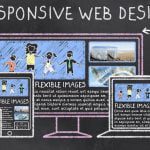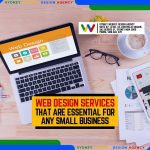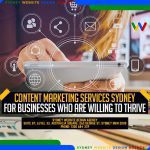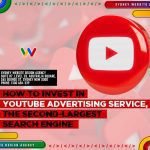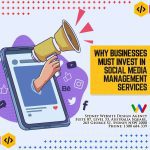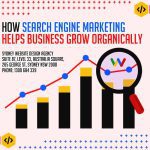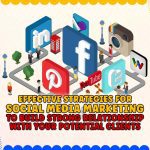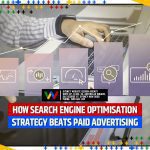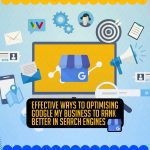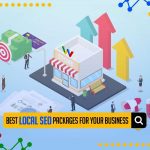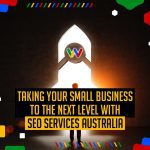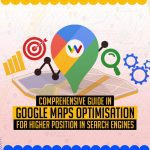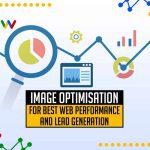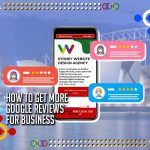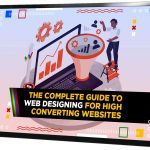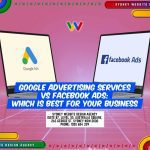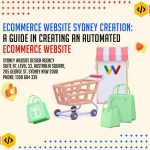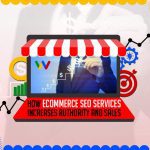An effective applictaion funnel should be designed to convert as many visitors into customers as possible. The application form should be optimised for the customer journey, from initial lead generation on the sales funnel to final purchase. They should have meaningful content that resonates with each stage of the application form and sales process.
At the top of the funnel, you need to capture a visitor’s attention with engaging content that offers value upfront. This could include a free e-book or other helpful resources. Additionally, make sure your website is optimised for mobile devices and has a simple design that’s easy to navigate. This helps bring in cold traffic to your sales funnels.
In the middle of the funnel, it’s important to provide more in-depth information about how your product or service solves their problem or fulfils their need. Additionally, you can use tailored messaging and personalised offers to segment customers according to different needs and pain points.
Finally, at the bottom of the funnel, you require compelling call-to-action (CTA) buttons which direct customers towards taking an action (like making a purchase). Furthermore, make sure that your checkout process is fast and secure, so they feel comfortable completing their transaction.
By optimising each step of your sales funnel process with useful content and well-placed CTAs, you can maximise conversions and ensure that more leads become loyal customers in no time! Let’s create a success story about your business thanks to sale funnel systems.
Introduction
Are you looking to build an effective application funnel? If so, you’ve come to the right place! In this ultimate guide, I’m going to show you how to create a powerful sales funnel that will maximise your conversions and help you achieve your business goals.
I’ll walk you through all the steps for creating an effective application funnel from start to finish. From identifying key customer segments and crafting compelling offers, to optimising each step in the process and measuring results. You’ll learn how to design a high-converting funnel that not only drives more leads, but also helps them move down the sales pipeline faster. Sales funnel works. In this article, we will share the best practices and strategies for making sure your efforts are successful now and for the long term. So let’s get started!
Table of Contents
- What is an Application Funnel?
- Why Do You Need an Application Funnel?
- Key Components of an Application Funnel
- Best Practices for Creating an Application Funnel
- Measuring the Success of Your Application Funnel
- Optimisation Strategies for Your Application Funnel
- Examples of Successful Application Funnels
- Tools and Resources for Building an Application Funnel
- FAQs Application Funnel
- Conclusion: Building Your Own Application Funnel
Yes, My Business Needs an Engaging Application Funnel
No, I Don’t Need Engagement
What is an Application Funnel?
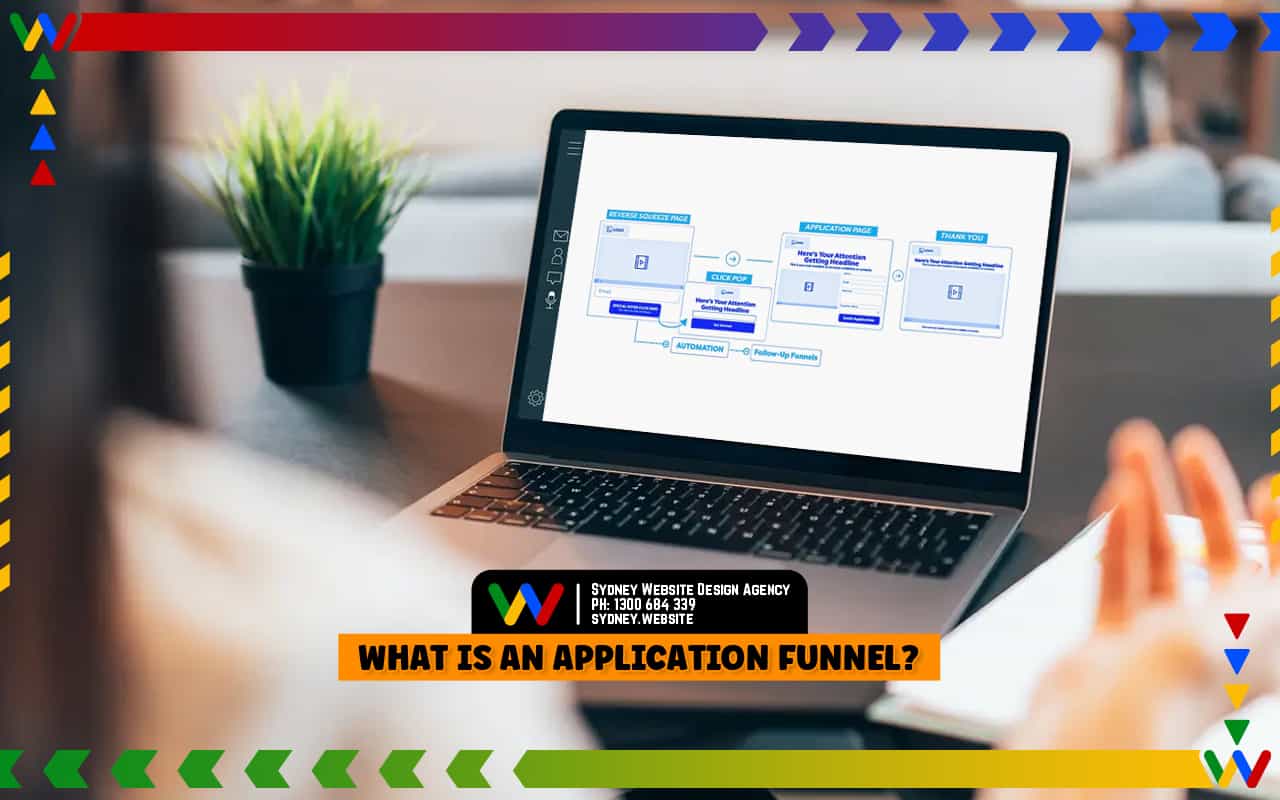
An application funnel is a series of steps that customers take to complete an action. It typically starts with application process, followed by nurturing those leads until they become customers. These funnels can be used to drive sales and increase customer lifetime value.
By creating an effective application funnel, businesses can generate more qualified appointments and convert them into paying customers faster than ever before. The key is to create a squeeze page that offers content that speaks directly to the needs and pain points of your target audience at each stage of the process.
An effective sales funnel requires careful planning and optimisation in order for it to be successful. Once you have identified your target market, crafted compelling offers, optimised each step in the process, and measured the results, you’ll be well on your way to achieving higher conversions and increased customer lifetime value.
Types of Application Funnels
The “Free Application” Funnel
With this complimentary application, candidates can provide you with their information to determine if they are an ideal fit for your business. On the initial page of the application, visitors will be asked to opt into the service and on page 2 more in-depth questions will follow for them to complete their submission. With each answer given, you have a better chance of finding someone perfect for your organisation!
The “Refundable Deposit Application” Funnel
Through this unique strategy, we can generate highly qualified leads while simultaneously eliminating those who are only searching for freebies. After a visitor has completed the application form, they will be requested to deposit a refundable sum such as $400- an offering that is specifically recommended for consultants and coaches alike. This method serves as an effective booking system; with the deposited fee allowing us to know precisely who is serious about our services, thus resulting in higher-ticket sales all around. The three steps are as follows: Application step 1 (Deposit), Application Step 2 (Questions), Application step 3, Thank You, Page.
The “Paid Strategy Session” Funnel
This automated funnel is ideal if you need to arrange a meetup with customers during your business operations. After it’s been set up, the whole process will take care of itself and goes as follows: order form page, order confirmation page, order thank you page, step 1 (questions), step 2 (schedule call) and application completed page.
Why Do You Need an Application Funnel?
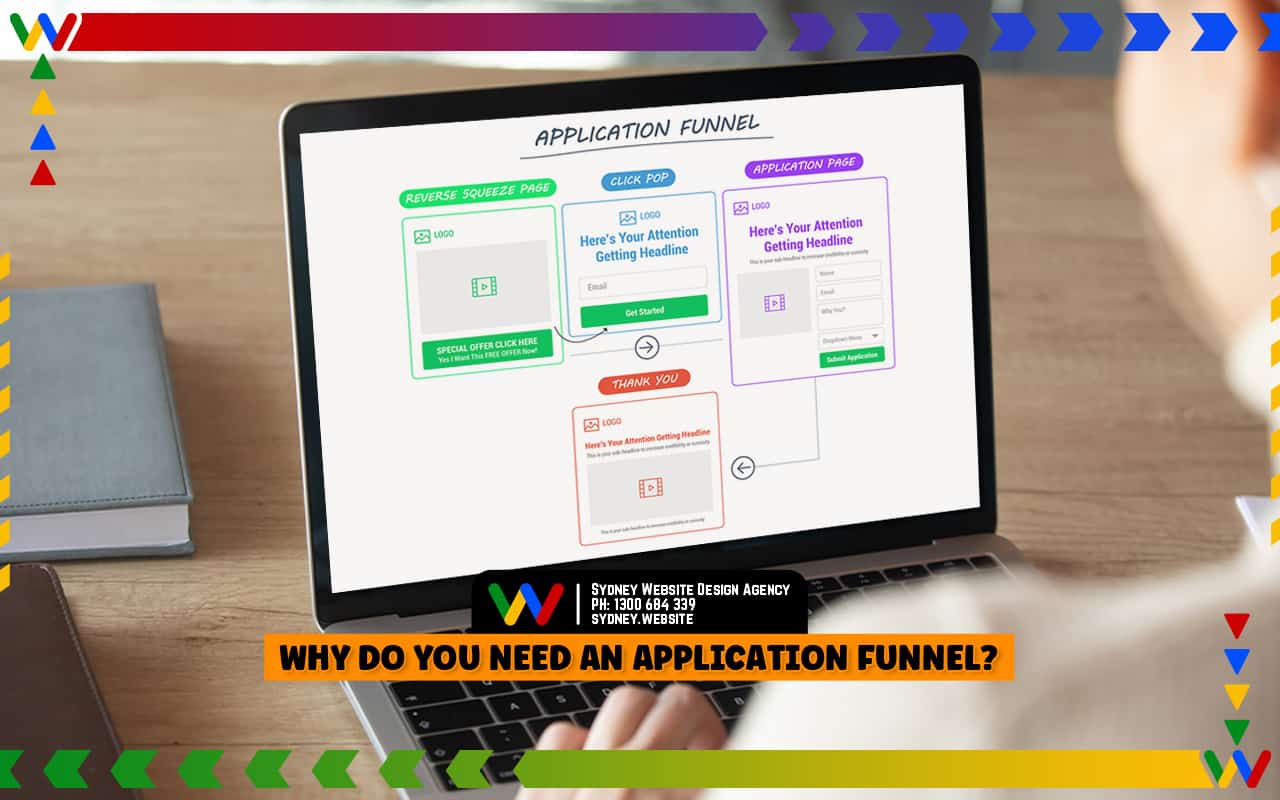
An application funnel like the first reverse squeeze page is a powerful tool that allows businesses to efficiently engage potential customers and convert them into paying customers. By creating an effective sales funnel, businesses can generate more qualified leads and convert them into paying customers faster than ever before.
An application page or the reverse squeeze page. Reverse squeeze pages are an effective way for businesses to nurture relationships with potential customers and build trust in their brand. When done correctly, these pages can help companies increase customer acquisitions while providing valuable content that encourages engagement from visitors or potential leads that may eventually convert into a paying customer.
For example, by optimising each stage of the process with targeted content and CTAs, you can encourage leads to complete their applications while providing value at each step. Additionally, you can use tailored messaging and personalised offers to segment customers according to different needs and pain points. Finally, make sure your checkout process is fast and secure, so they feel comfortable completing their transaction.
By optimising your sales appointment process in this way, you can maximise conversions and ensure that more leads become loyal customers who return to make additional purchases. This will enable you to increase customer lifetime value and ultimately boost your bottom line and helps generate high-quality leads.
Furthermore, when customers feel that they have an easy and secure purchasing experience, they are more likely to recommend your business to others, which can result in more sales and further growth.
As such, investing in an effective application funnel is a powerful way for businesses to drive leads and improve their overall ROI from marketing efforts. Together with timely marketing strategies, businesses can now easily gather and qualify leads that can build their customer base and increase their existing customers and following.
An effective application funnel requires careful planning and optimisation in order for it to be successful. Once you have identified your target market, crafted compelling offers, optimised each step in the process, and measured the results, you’ll be well on your way to achieving a success story with higher conversions and increased customer satisfaction.
Key Components of an Application Funnel
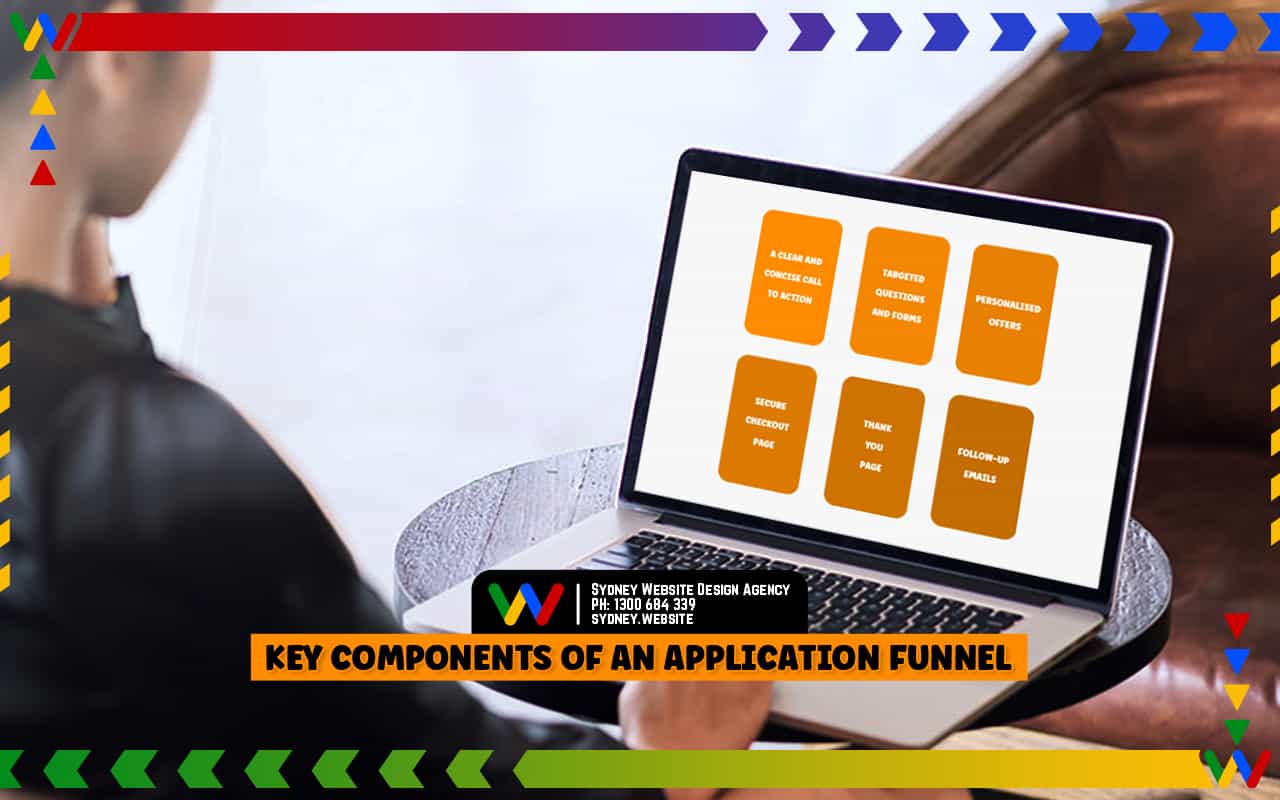
1. A clear and concise call to action
This is often used as an introduction to your funnel, so it must stand out and encourages customers to take the next step.
2. Targeted questions and forms
Asking targeted questions helps you gain a deeper understanding of what each customer needs to make a purchase decision. Make sure the questions you ask are relevant to the offer being presented.
3. Personalised offers
Offering personalised deals based on customer responses can help increase conversion, as customers will feel like they are receiving something specific to their needs or interests.
4. Secure checkout page
A secure checkout page is essential for any application funnel, as customers need to feel confident that their personal information is safe and secure.
5. Thank you page
This is the last step in the process before they make a purchase and should be tailored to thank customers for their purchase and encourage them to take advantage of other offers or services.
6. Follow-up emails
Sending follow-up emails after customers have completed their application can help remind them about their purchase, as well as encourage them to take further action, such as recommending your business to friends or family.
An effective application funnel requires careful planning and optimisation in order for it to be successful. Once you have identified your target market, crafted compelling offers, optimised each step in the process, and measured the results, you’ll be well on your way to achieving higher conversions and increased customer satisfaction. Investing in an effective application funnel is a powerful way for businesses to drive leads and improve their overall ROI from marketing efforts.
Best Practices for Creating an Application Funnel
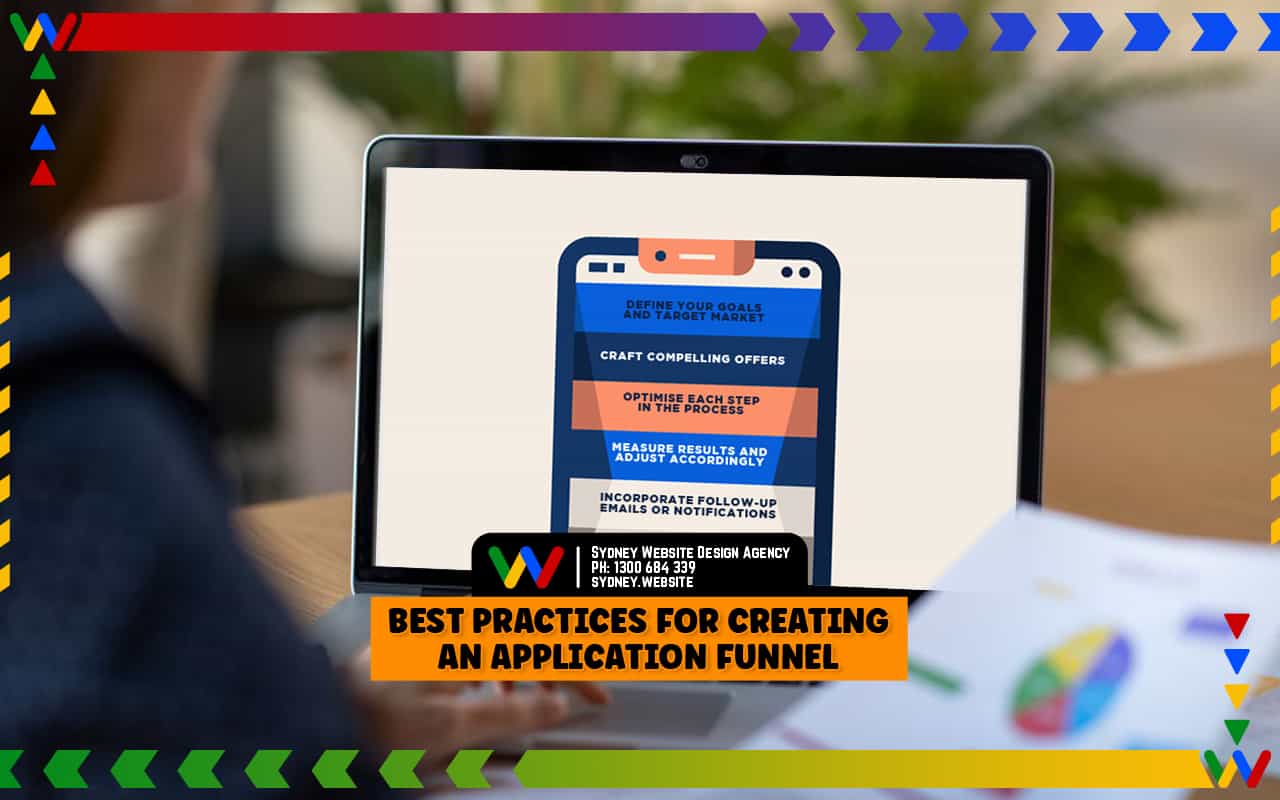
When it comes to running a successful business, your primary aim should be creating quality traffic and leads for your website that turn into paying customers. Don’t get too caught up on huge email lists or search traffic stats-they are vanity metrics which don’t necessarily lead to increased profits. Focus on converting high-quality visitors instead.
That’s where an application funnel can help.
An application funnel is the optimal tool to generate more qualified leads and customers for your business. It can be used to quickly identify those prospects that are not a good match for what you offer, saving both time and money. By doing so, it allows your business to focus on those potential clients who have a better chance of becoming an actual customer in the end.
Define your goals and target market
Clearly define what you are trying to accomplish with your application funnel, as well as who you are targeting.
Craft compelling offers
Make sure the offer is tailored to the needs of each customer segment and contains enough value to make them want to complete their application.
Optimise each step in the process
From the call-to-action page to the checkout page, optimise each stage of the process for maximum conversions.
Measure results and adjust accordingly
Monitor how customers interact with each step in your application funnel and use that data to inform future optimisation decisions.
Incorporate follow-up emails or notifications
Sending follow-up emails or notifications after customers have completed their application can help keep them engaged and encourage them to take further action.
Invest in an effective application funnel
A well-designed, optimised, and measured application funnel can help increase customer lifetime value, boost ROI from marketing efforts, and lead to more sales.
Measuring the Success of Your Application Funnel
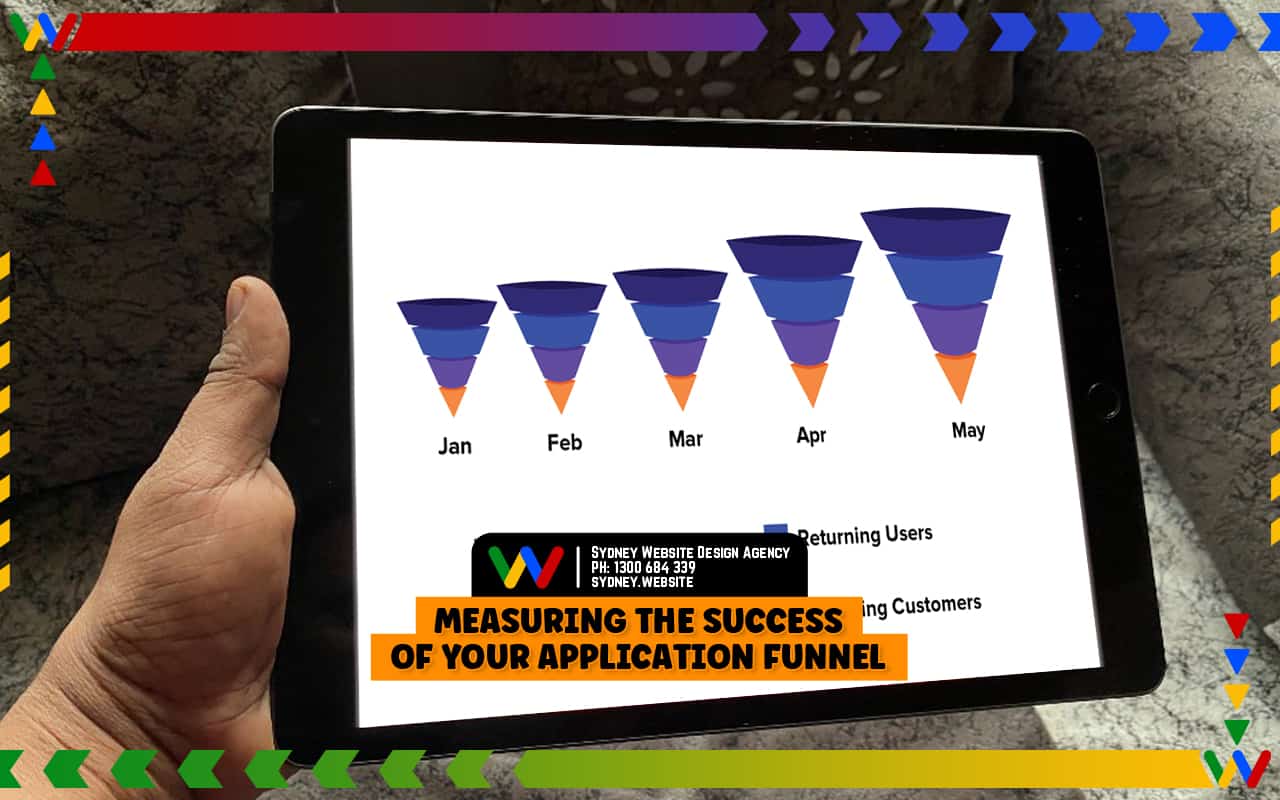
Your conversion rate will increase, you will see a higher return on investment from your marketing efforts and ultimately, you’ll be able to boost your sales.
By incorporating all the best practices for creating an effective application funnel, businesses can improve their customer experience and better engage potential customers. This in turn leads to more conversions, increased ROI from marketing efforts, and improved customer lifetime value. Additionally, it gives companies the opportunity to segment customers according to different needs or pain points-allowing them to tailor their offers accordingly for maximum impact.
Optimisation Strategies for Your Application Funnel
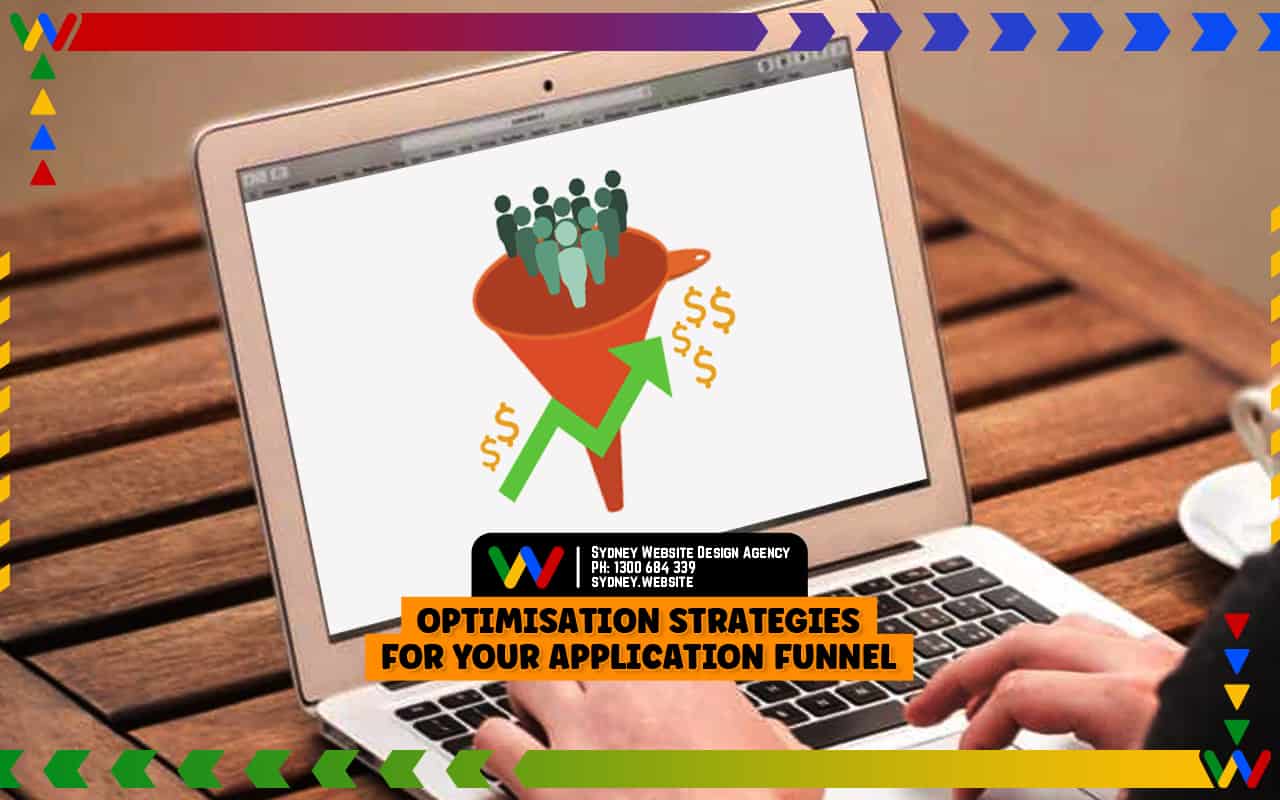
By taking the time to establish an effective application funnel, businesses can improve their customer lifetime value, boost ROI from marketing efforts, and increase overall sales. Keep in mind that creating an application funnel is a process of trial and error; you will want to measure the results of each step to optimise your funnel for maximum success. With an optimised, well-designed application funnel in place, businesses can expect to see more qualified leads and customers coming through their doors in no time.
To maximise the success of your application funnel, it is important to implement optimisation strategies. Below are a few tips for optimising your application funnel:
1. Personalise customer experience: Tailor the experience for each customer segment by providing content that speaks directly to their needs and pain points.
2. Craft compelling offers: Make sure the offer is tailored to the needs of each customer segment and contains enough value to make them want to complete their application.
3. Optimise each step in the process: From the call-to-action page to the checkout page, optimise each stage of the process for maximum conversions.
4. Measure results and adjust accordingly: Monitor how customers interact with each step in your application funnel and adjust accordingly to ensure it is as effective and efficient as possible.
By implementing these optimisation strategies, businesses can create a seamless customer experience that leads to increased conversions and greater ROI from marketing efforts.
Examples of Successful Application Funnels
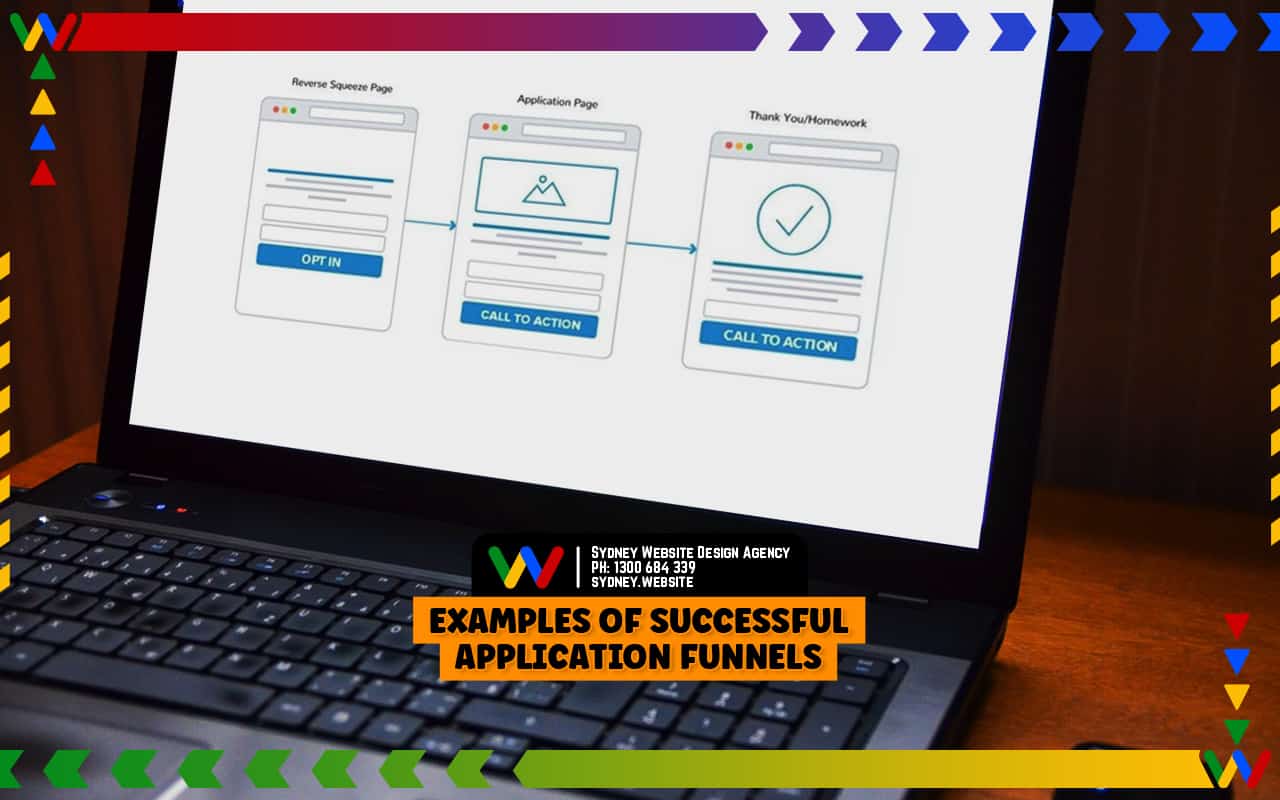
Many companies have successfully implemented application funnels, including Adobe, Spotify, and HubSpot. Each of these businesses created a unique funnel that was tailored to their customers’ needs and provided them with a seamless customer experience. For example, Adobe offers potential customers a free trial period in which they can use the software before committing to purchase the full version. Additionally, Spotify offers users a personalised selection of music depending on their preferences and listening habits.
By taking the time to create an effective application funnel, businesses can reap the benefits of increased conversions and improved ROI from marketing efforts. With optimisation strategies in place and results being monitored accordingly, your application funnel is sure to be successful.
Tools and Resources for Building an Application Funnel
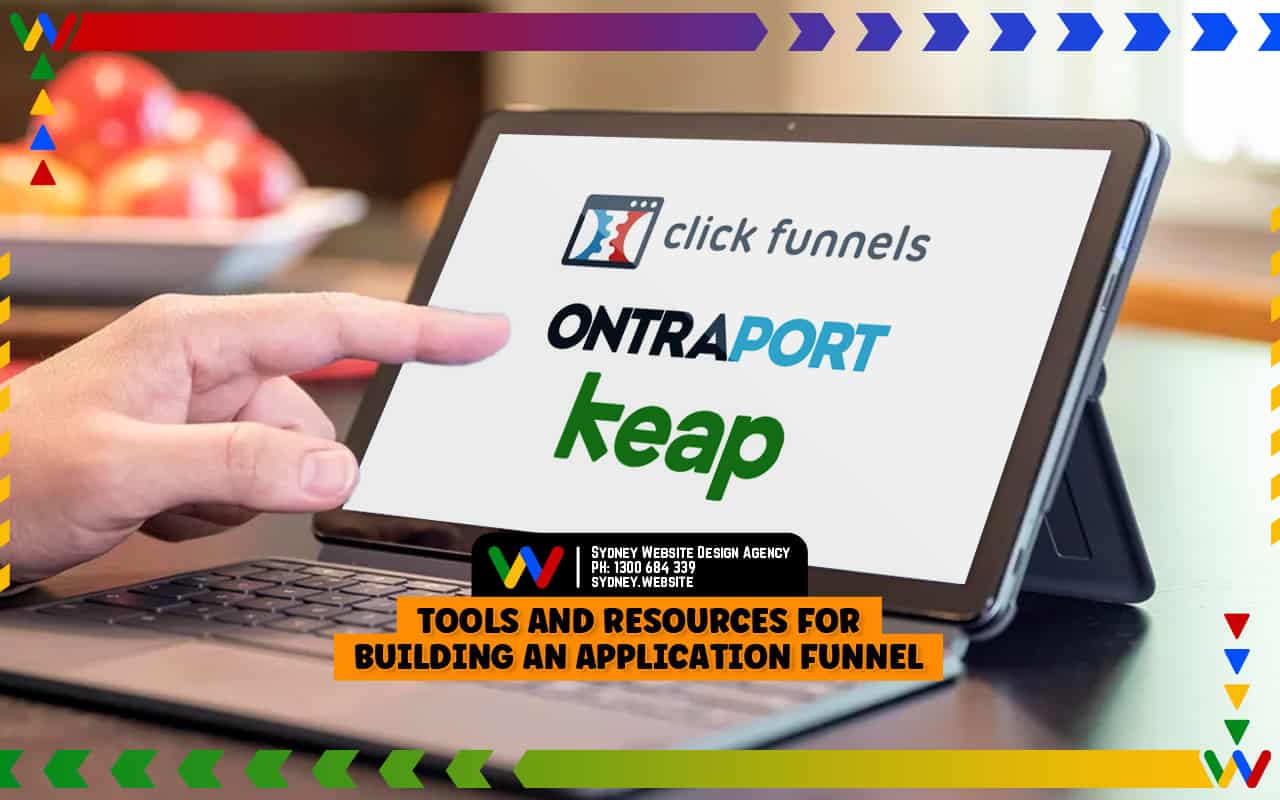
There are a variety of tools and resources available to help businesses create an effective application funnel. Platforms such as Leadpages, Unbounce, and MailChimp allow businesses to build customised landing pages and collect contact information from customers. Additionally, marketing automation software such as Autopilot or ActiveCampaign provide businesses with the ability to send personalised emails and notifications to customers at defined intervals.
Leadpages
Leadpages is an online platform that provides businesses with the ability to create customised webpages, called “lead pages,” for marketing purposes. Lead pages can be used to capture customer information through contact forms and surveys, as well as to promote special offers. They can also be used as landing pages for pay-per-click campaigns, or as part of an application funnel.
In terms of application funnels, businesses can use lead pages to capture customer information to send personalised emails and notifications. Lead pages also provide businesses with analytics tools that allow them to track the performance of their application funnel, measure conversions rates, and optimise their funnel for better results. Additionally, businesses can build A/B tests on lead pages to compare different versions of their application funnel and determine which one performs best.
Overall, lead pages are a valuable tool for businesses looking to create effective application funnels that drive conversions and generate higher ROI from marketing efforts. With Leadpages’ suite of features, businesses can monitor the performance of their application funnel, optimise it based on customer data and insights, and ultimately increase sales.
Unbounce
Unbounce is an online platform that provides businesses with the ability to create customised landing pages and optimise their application funnels. With Unbounce, businesses can build tailored webpages designed to capture customer information through contact forms or surveys, and send personalised emails and notifications. Unbounce also offers analytics tools that allow businesses to track the performance of their application funnel, compare different versions, measure conversions rates, and adjust elements of the funnel for better results.
In terms of optimisation capabilities, Unbounce offers several features such as A/B testing, which helps businesses test different versions of their application funnel to compare them and identify which one performs best. Additionally, Unbounce provides businesses with dynamic text replacement, which utilises machine learning algorithms to personalise their copy for maximum engagement. Furthermore, Unbounce has a mobile-first design approach, which allows users to deliver tailored experiences across all devices.
Overall, Unbounce provides businesses with powerful features that enable them to create effective application funnels that drive conversions and generate higher ROI from marketing efforts. By leveraging its optimisation capabilities, users can monitor the performance of their funnel and optimise it based on customer data and insights to see more qualified leads coming through their doors in no time.
MailChimp
In terms of capturing customer information, MailChimp provides businesses with a suite of tools such as contact forms and surveys that allow them to gather leads and store them in the user’s database. Additionally, MailChimp enables users to segment their audience based on different criteria, so they can tailor messages to better target potential customers. This helps businesses reach a broader range of prospects and increase conversions from their campaigns.
When it comes to optimisation capabilities, MailChimp also offers powerful features such as A/B testing, which allows users to compare different versions of their application funnel to identify which one performs best. They can also utilise automated split testing, which uses machine learning algorithms to deliver personalised copy for maximum engagement. Furthermore, MailChimp allows customers to track the performance of their application funnel through its analytics dashboard, which provides insights into how customers interact with the website or application funnel.
MailChimp is an advantageous tool for businesses looking to create effective application funnels that drive conversions and generate higher ROI from marketing efforts. By leveraging its features such as contact forms and surveys, segmentation capabilities, automation tools, and analytics dashboard, businesses can monitor the performance of their funnel in real-time. It can help make adjustments based on customer data and insights to maximise success.
By leveraging these tools and resources, businesses can easily monitor the performance of their application funnel and ensure that it is optimised for maximum success.
Application Funnel Frequently Asked Questions
What is an application funnel?
How do I create an effective application funnel?
What are the benefits of using an application funnel?
How can I track the performance of my application funnel?
What are some best practices for optimising an application funnel?
How do I choose the right tool for creating my application funnel?
How can I maximise success with my application funnel?

Conclusion: Building Your Own Application Funnel

Building an effective application funnel doesn’t have to be a daunting task. By leveraging user experience design, copywriting for maximum engagement, optimisation capabilities such as A/B testing and dynamic text replacement, mobile-first design approach for delivering tailored experiences across all devices. They can do analytics tracking of performance metrics and segmentation capabilities for customising messages, businesses can create an optimal funnel that meets their goals while providing users with a high-quality experience.
With the right tools in place and careful consideration of customer data insights, businesses can maximise success with their application funnels.



